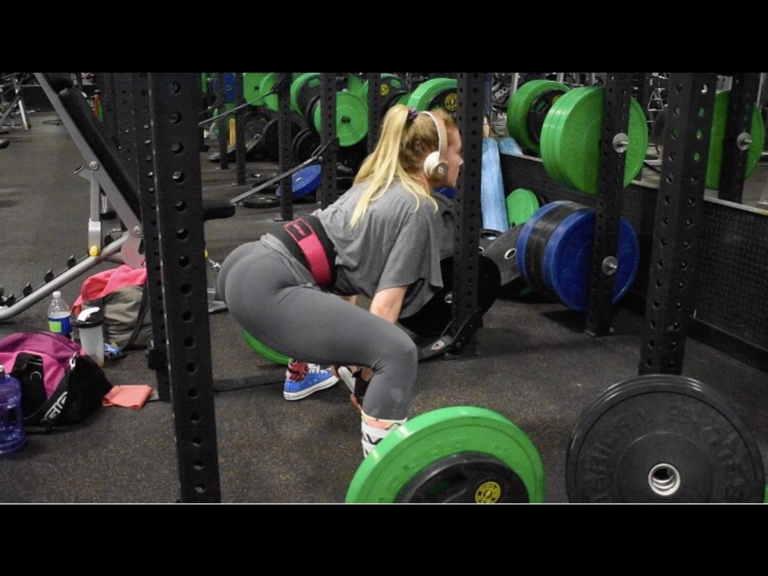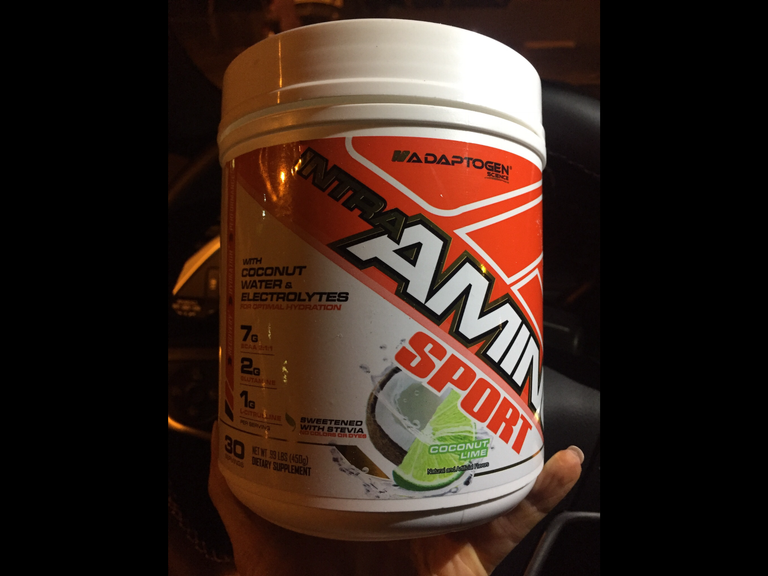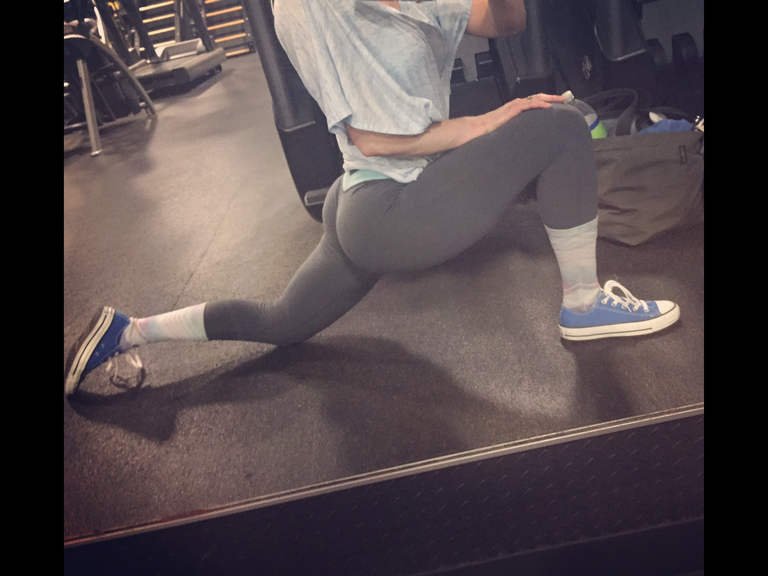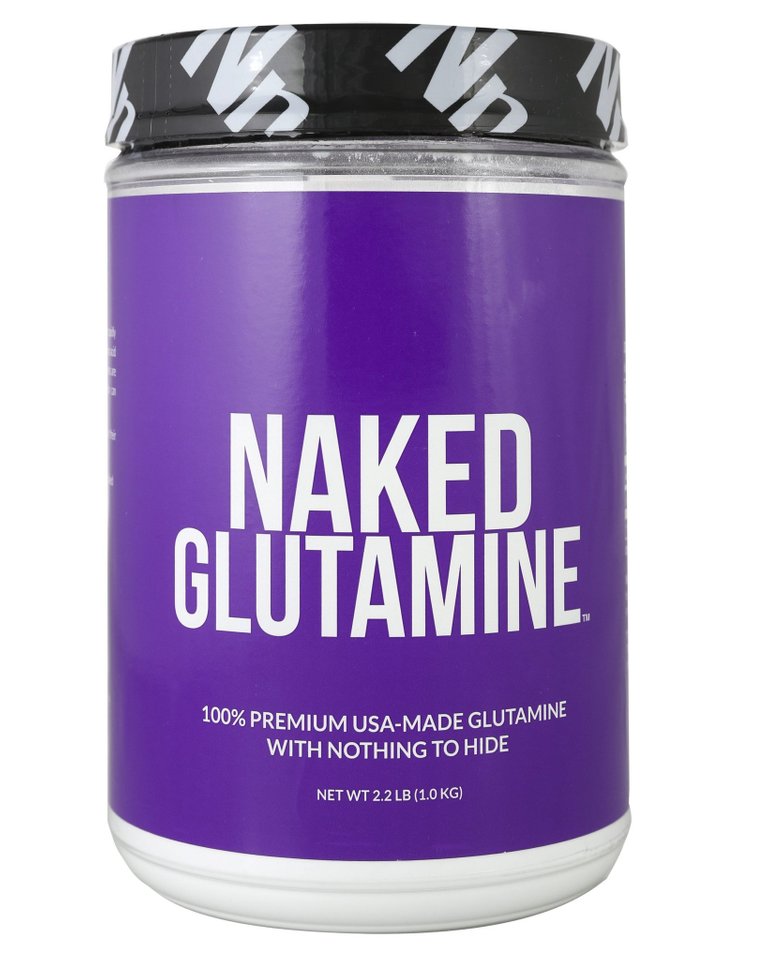Recovering from one's workout is just as important as completing the training itself, if one wants to benefit with maximum results. Recovery is simple, really.
- Hydrate before, during and after. The body is 70% water. Be sure to hydrate fully in order to ensure maximum muscular efficiency during training. Most strength comes from hydrostatic pressure within cell walls: without adequate water volume in one's blood, strength will be compromised. Recovery within sets is also dependent on hydration levels. Try using BCAA or an EAA blend with electrolytes before, during and after trainings for best hydration and muscle recovery. They come in every flavor, with or without protein and additives making refueling very simple. Most gyms now sell them at the front desk. For less expensive options, order one of these powder mixes from Amazon and put one scoop in a plain water bottle before every workout. I usually keep a few extra scoops in a tiny tub in my car and my gym bag just in case. BCAA's also help reduce catabolic activity, sparing muscle loss, and can save the day if one experiences unexpected delays in getting to the next meal after a workout! Aim for 2 gallons of fluids daily.
- Food is fuel. If training fasted, no need to fuel with calories before training - a sports drink as described above will do nicely. Otherwise, be sure to have enough calories before and after training to make certain the body can begin to heal the tissues torn during the workout. Consuming enough protein in the 24 hours before and after a workout is important to maintain muscle mass, with enough healthy fats and adequate carbs depending on one's goal. Looking to lean out a little? Skip the carbs everywhere except post workout. Some people like their carbs before training, for others it makes them sluggish. Try both and see what works for you. Also, a million carbs won't go to the muscle unless there is enough water in the body.... so hydrate, hydrate, hydrate!
- Stretch. Even for two minutes after one finishes training. Your body will thank you later. Stretching before a workout is fine, but its more important to warm up than it is to stretch first - unless you are powerlifting. Stretching the muscles worked in a training session after finishing is most effective. Commonly overlooked muscles that love to be stretched.... pecs (chest, try a door frame stretch), hamstrings, glutes (try a piriformis stretch), calves, hip flexors, abs and lats. Most people remember to stretch their quads, shoulders and forearms.... it's all important. Even 1 minute will help! Lengthening the muscle is the first step in injury prevention and recovery. Yoga is obviously fantastic for the body, but yoga is difficult in and of itself and is not always restorative. Make sure to stretch outside of any exercise pattern.
- Glutamine. Glutamine is essential for proper recovery if one is lifting weights. It creates new enterocytes, the cells that line the gastrointestinal tract. Glutamine helps muscles recover by contributing to new cell growth, increased growth hormone output capacity, immune function and neurotransmitter support, among other things. Glutamine is easiest to consume in it's unflavored powder form. Aim for between 20-40grams daily, starting slowly. Glutamine is a digestion powerhouse and really helps to curb those monthly cravings had by almost all women... good times. Glutamine can be added to all pre, intra and post workout drinks, as well as to tea, coffee and even baked goods. Having a functional GI helps every cell and therefore every muscle in the body recover faster and work better. Win, win, win.
- Sleep. Sleep! Sleep and rest is when the body does the most of it's amazing recovery work. Give yourself enough rest after heavy trainings and make sure to include rest days in your training routine. Even if you hit the gym everyday, don't train the same muscle group within 48 hours. Let it recover. A good rule of thumb is if the muscle is too sore when you walk into the gym, it probably should be rested that day. Leg soreness will get better with a little bit of cardio to start. If you've just started training legs after a while, the soreness may stick around for a good 5-7 days. This will soon lessen as you increase the frequency of training those wheels. Switch up the focus - some days, quads. Other days, glutes; still other days, hams and calves. Try to get blood flow into the lower body everyday, even if just by a brisk walk. It will help release the built up lactic acid. Cryotherapy is also very effective for recovery, same with ice baths, epsom salt baths, massages and sauna/steam sessions. Anything that improves circulation is good for your muscles :)
Enjoy the training!
With enthusiasm and gratitude,
Kate






Keep up!
Respect!
What you do is nothing but absolute Hard Work. <3
Thank you so much!
I have never got in a cryo chamber but I have taken a lot of icebaths. They make a world of difference.
They do! They’re just so painful!